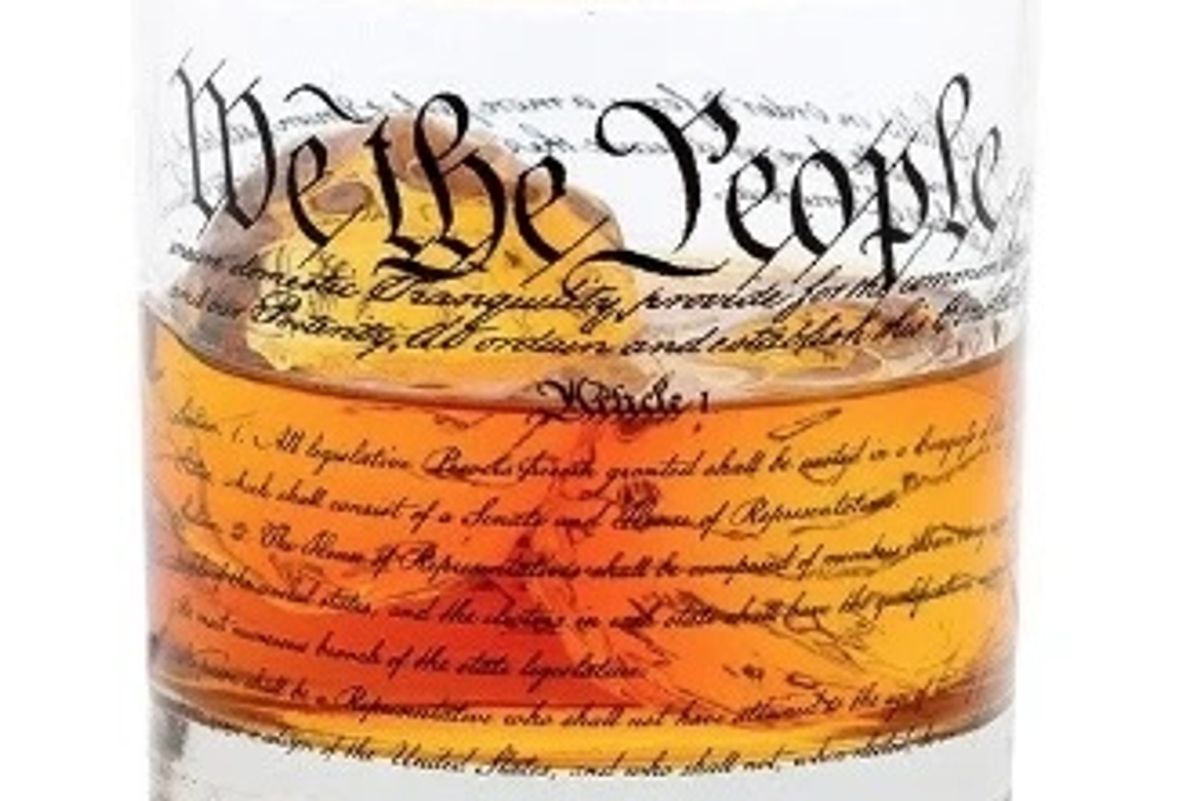
The perception that the COVID-19 pandemic was under control led to many Americans becoming more comfortable with the idea of the virus towards the end of the summer. Yet, as the pandemic rages into the autumn, it becomes increasingly clear that COVID-19 remains a significant problem within the country.
There are several ways to prevent the spread of the COVID-19 virus, as the main reason why it remains such an issue is that it's highly contagious. Of course, Americans have been advised to wear face masks when out in public and these masks are mandatory in many states. Furthermore, sanitation, like hand washing and the use of hand sanitizer, is highly beneficial. Not only does this prevent the spread of the virus, but it's also simply good practice, as the healthier an individual is when they contract the virus, the more likely they will be to withstand its symptoms. Bacteria is the main source of most infections, and as it can multiply up to 31 percent daily on surfaces that are not cleaned or disinfected, it's important that Americans attempt to control both its growth and the spread of COVID-19. Perhaps the most significant way in which COVID-19 is spread, however, is through close contact with others and most prevalently through large groups.
This is one reason why a motorcycle rally in South Dakota has come under recent scrutiny and may be connected to major COVID-19 outbreaks across the Midwest. It's speculated that the Sturgis Motorcycle Rally was one of the biggest public gatherings in the United States, and perhaps the world, since the pandemic began and ultimately could be connected to outbreaks across five different states.
Held in mid-August, the Sturgis Motorcycle Rally attracted roughly 460,000 people across a ten-day period, despite the fact that it is advised that people limit themselves to gatherings of ten people or fewer during the COVID-19 pandemic. While some states made restrictions on gatherings mandatory and enforceable by the authorities, South Dakota declined to enforce such restrictions. Therefore, the Sturgis Motorcycle Rally was able to proceed in South Dakota without issue. Unfortunately, the rally has been indirectly linked to 330 COVID-19 cases, including one fatal case.
Understanding The Spread Of The Virus
The size of the Sturgis Motorcycle Rally, as well as the lack of masks and other precautions utilized, made the spread of the virus somewhat inevitable. A further issue that made the COVID-19 virus spread further is that many of those attending the rally were from out of state. Therefore, even if their own home states were controlling the spread of the virus locally, it was easy for residents to attend the rally then return home, bringing the virus across state lines. The states most heavily affected by the rally aside from South Dakota were North Dakota, Wyoming, Minnesota, and Montana. Throughout September and October, North and South Dakota have seen an uptick in hospitalizations. This could contradict statements from South Dakota governor Kristi Noem indicating that the rise in cases is merely connected to an increase in testing.
South Dakota's particular issues are further compounded by the fact that the rally was not held in a single space, exactly. Those visiting from out of state stayed for a somewhat extended period of time in various hotels and homes, while also visiting bars and restaurants on a broad scale. All of these factors could have contributed to the virus spreading out of control.
Why Misunderstandings Could Have Led To More Infections
The transmission of the COVID-19 virus could have been exacerbated by several different factors. The Sturgis Motorcycle Rally celebrates a culture (motorcycle culture) that is already regarded by some as dangerous, though not necessarily fairly; though the National Highway Traffic Safety Administration reported 5,127 fatal motorcycle accidents in 2017, this was a 3 percent drop from the previous year. As motorcyclists are passionate about defending their freedom to ride, they also may have felt passionate about celebrating their love of motorcycles regardless of concerns around the virus. Many, too, may have genuinely felt due to misinformation that the virus was no longer a concern.
The Sturgis Motorcycle Rally took place in mid-August, when South Dakota was experiencing high temperatures. Early misinformation regarding the virus indicated that it would be slowed by hot weather. However, this proved to be incorrect. New studies have confirmed that there is no link between the virus's transmission and weather patterns. Furthermore, many of those that visited the rally came from more rural states. Rural areas saw a slower infection rate during the pandemic's beginning, understandably. As the virus is more easily spread throughout tightly packed areas, it makes sense that the more rural a state is, the more slowly the virus would spread within it. Therefore, many that attended the Sturgis Motorcycle Rally may have theoretically had less experience with the spread of the virus on a personal level.
Combatting The Spike In COVID-19 Infections
It's important that those infected with the COVID-19 virus are quarantined for at least 14 days, regardless of their symptoms. Some may recover from the virus's symptoms but remain contagious for some time; others may never show symptoms, while still being capable of spreading the virus. Furthermore, those that have been exposed to the virus must be aware of the fact that they should be tested before they begin experiencing symptoms, due to that potential for becoming an asymptomatic carrier. Those that are caring for a chronically ill, disabled, or aged family member should be particularly vigilant; as 29 percent of the American population will spend an average of 20 hours per week doing so, this is a significant portion of people that could be infected and furthermore infect those that are most vulnerable.
Aside from quarantine, Americans should also be especially aware of resisting large gatherings or unnecessary outings in general. As health experts have projected that the fall and winter of 2020 may be particularly problematic in terms of the pandemic, it's important that Americans plan for the future and do what they can to prevent the spread of the virus.








